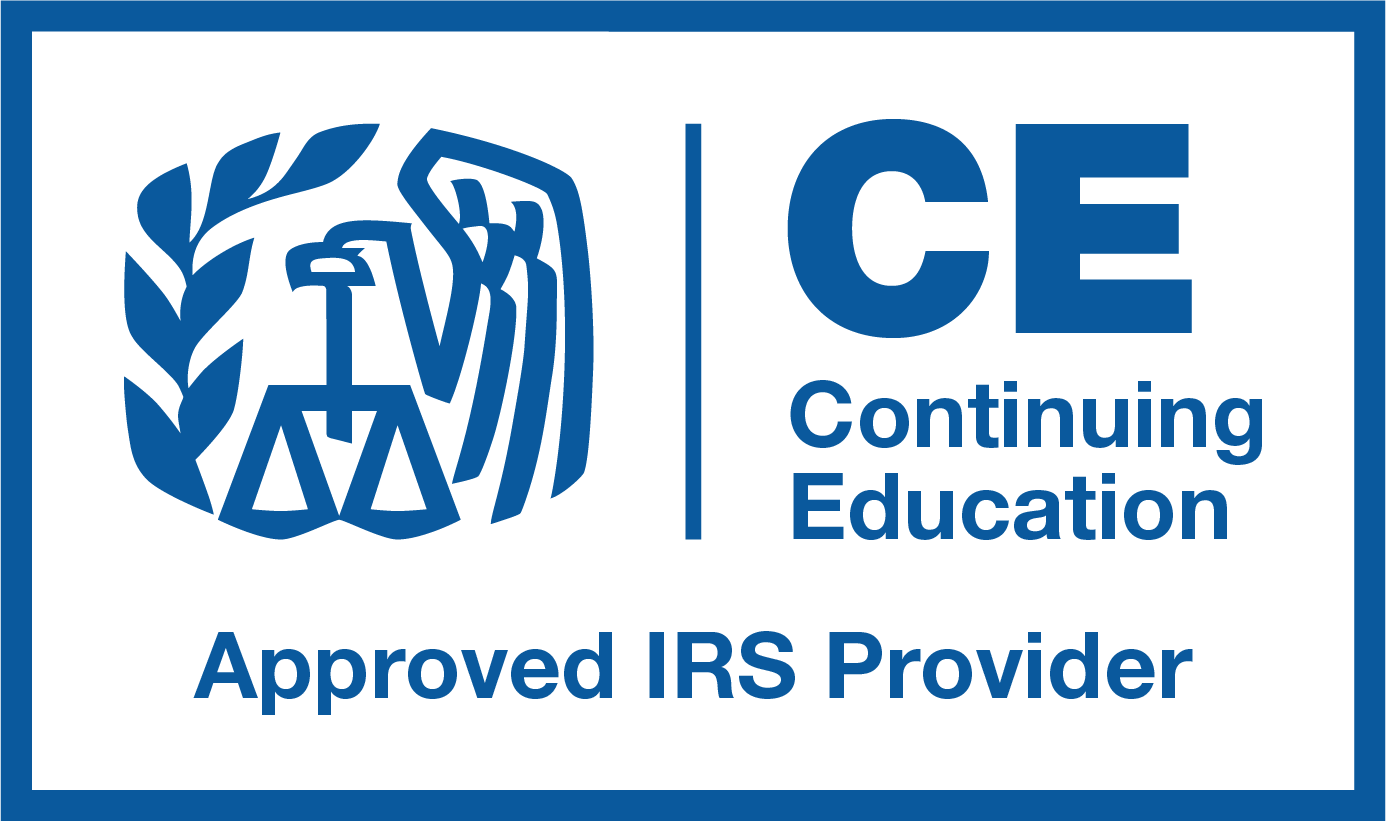For the first time since late 2017 many taxpayers (and their tax preparers) have a far better idea of how the Tax Cuts and Jobs Act (TCJA) changed the way federal and state taxes are computed. But on the heels of the TCJA, even more changes are coming for 2019.
Inflation-Related Tweaks
To maintain pace with inflation, the standard deduction will increase from $12,000 to $12,200 for individuals, from $18,000 to $18,350 for heads of household, and from $24,000 to $24,400 for married couples filing jointly. Additionally, the top income for each marginal bracket will increase to keep up with inflation, which means those who don't receive a cost-of-living adjustment in 2019 may wind up with a lower effective tax rate than in 2018.
Medical and Dental Deductions
For 2019, the minimum threshold (or “floor”) for deductible medical and dental expenses rise from 7.5 percent to 10 percent of AGI. This means that a taxpayer who pays out $6,000 in out-of-pocket healthcare expenses for the tax year 2019 but has an AGI of $60,000 won’t be able to deduct any of these expenses, while someone who pays out $8,000 in healthcare expenses with the same AGI can deduct only $2,000.
Home Mortgage Interest Deductions
In 2019, those who itemize their deductions and pay a hefty amount in mortgage interest will only be able to deduct interest on up to $750,000 in mortgage debt. This, combined with the fact that the $10,000 cap on state and local taxes isn't being adjusted for 2019, can disproportionately impact those who live in areas with high real estate prices and property tax rates.
Want to learn more about these changes? Learn quickly with our 1 Hour Mark Kohler Course.
Source
https://www.marketwatch.com/story/how-the-new-2019-tax-rates-could-affect-you-2018-11-16








